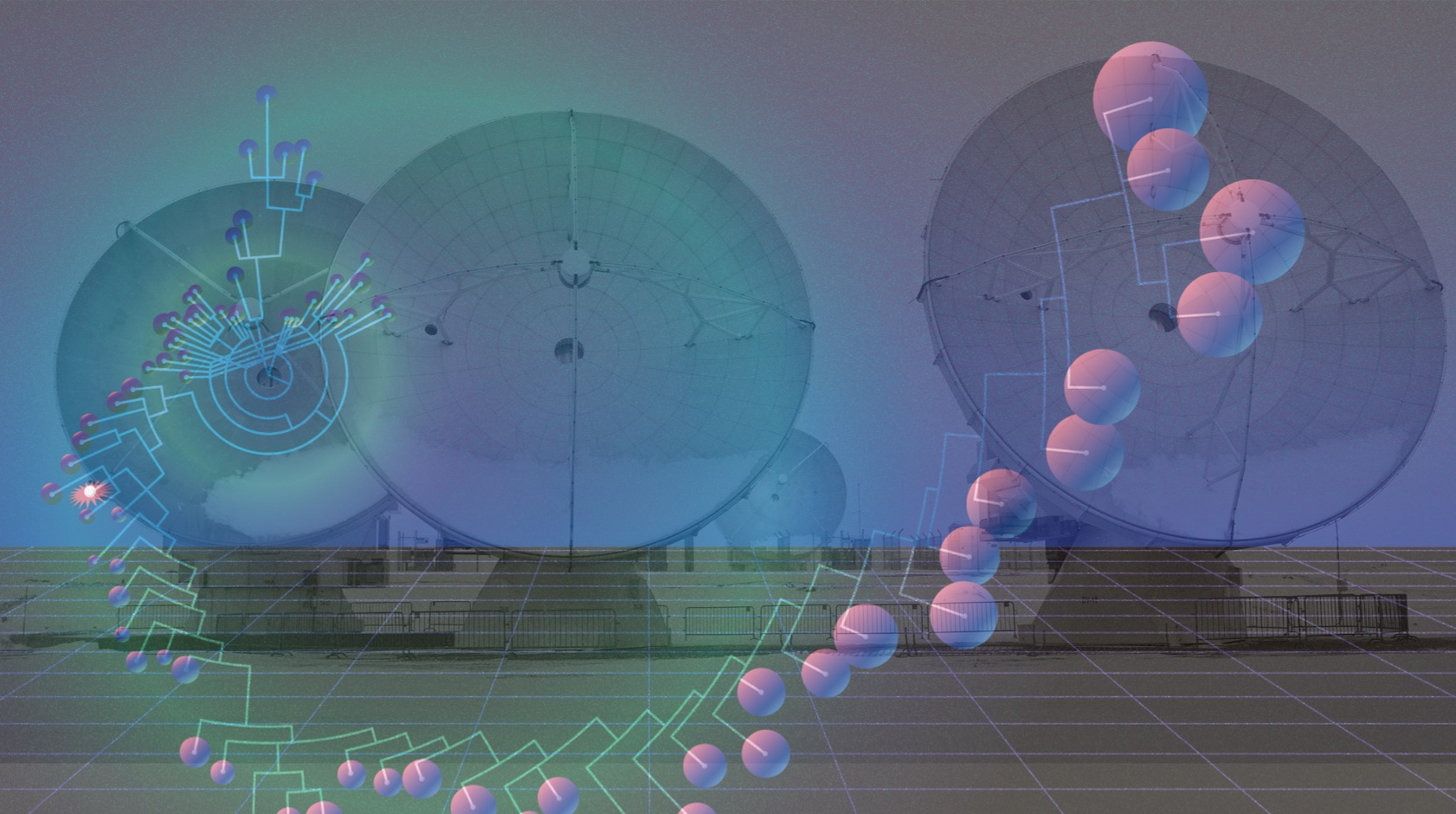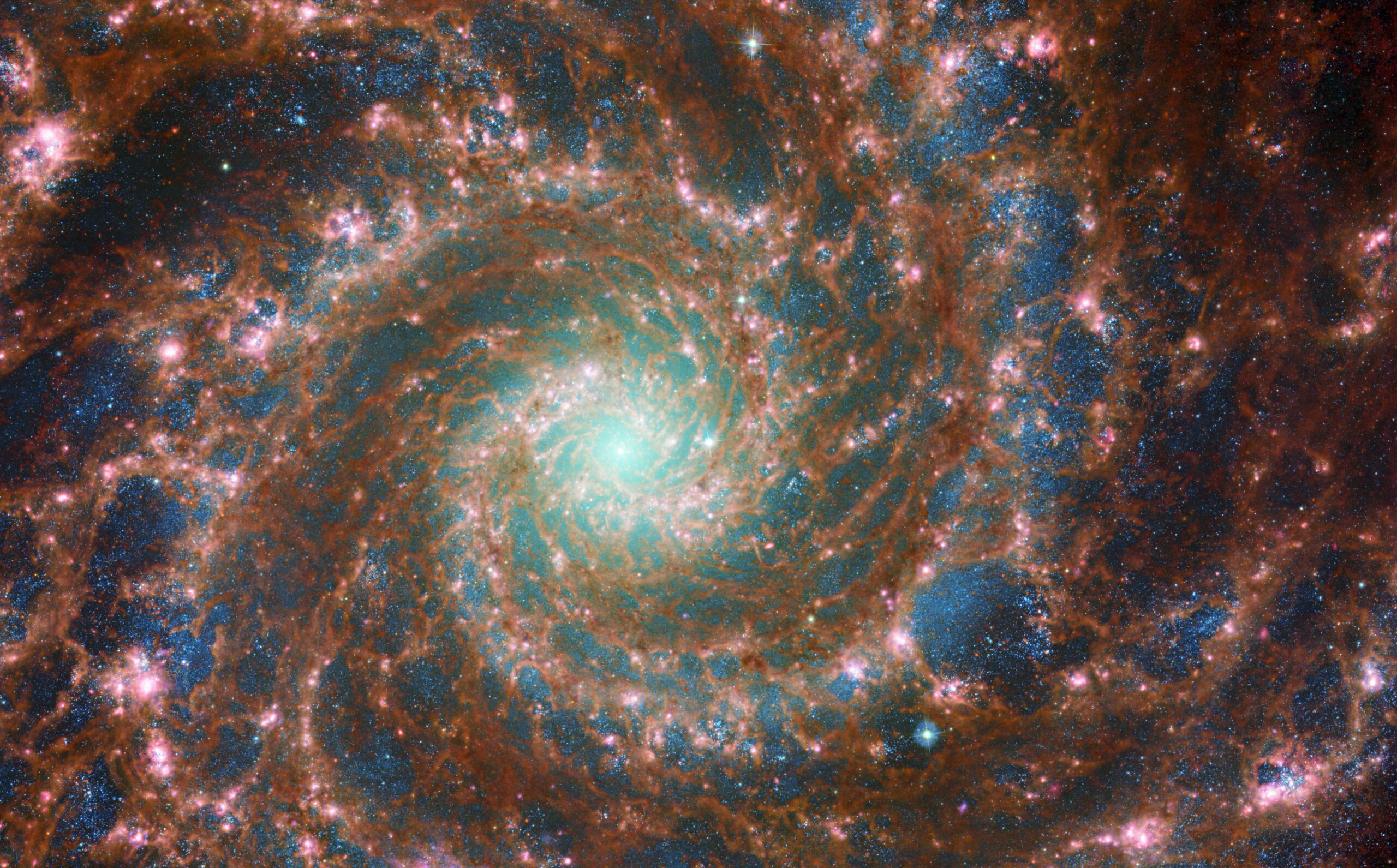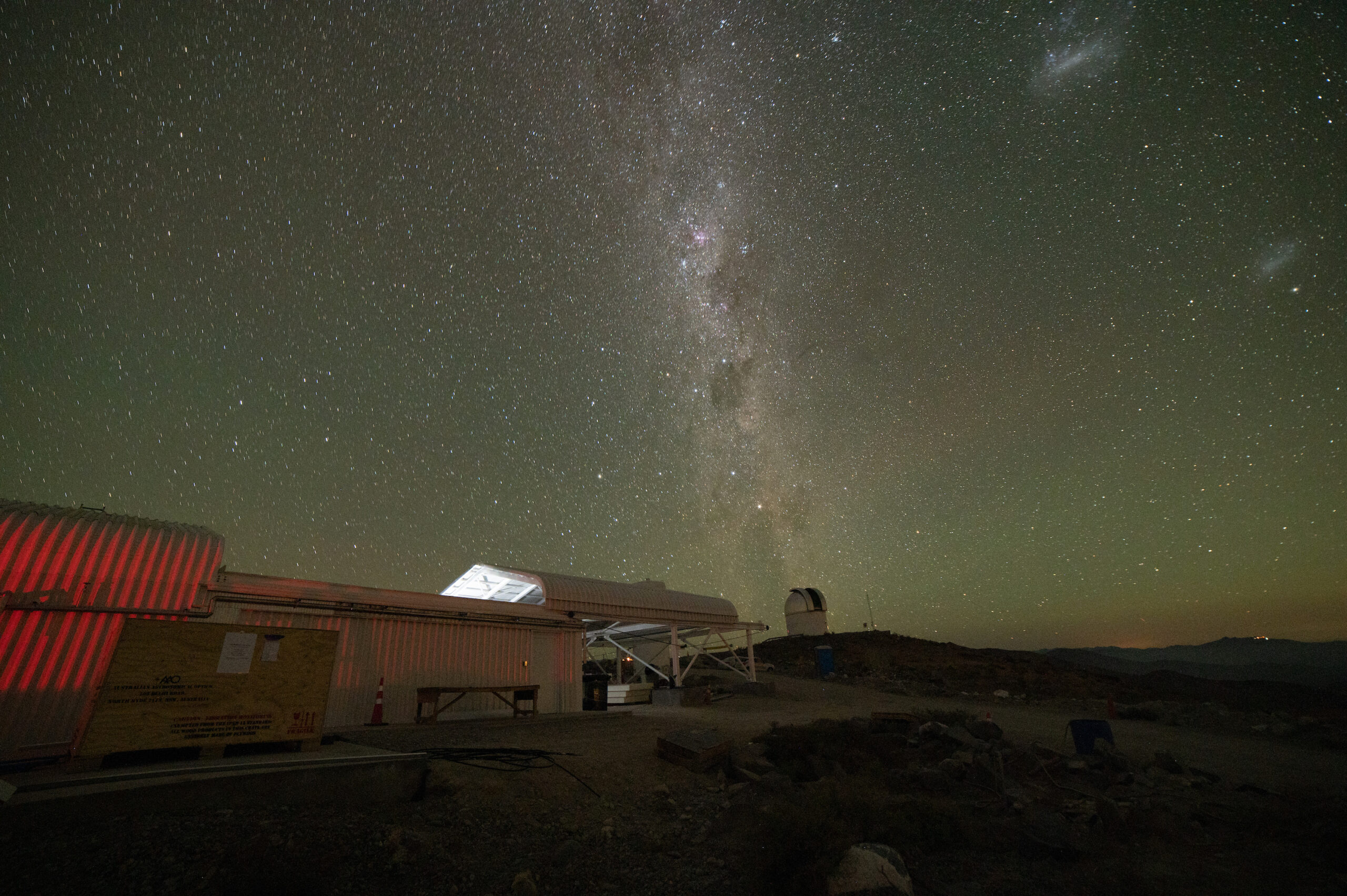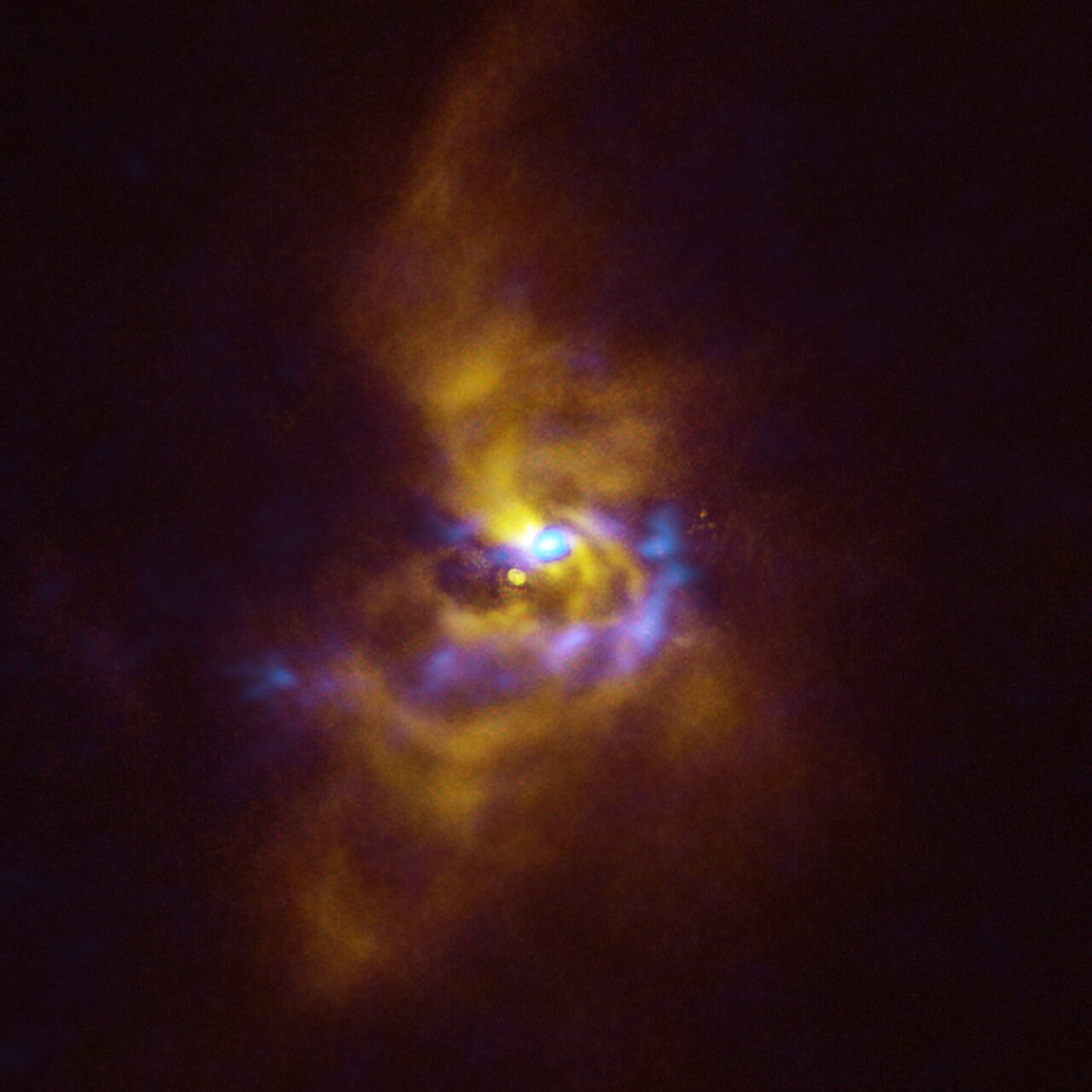
Two Millenium Nucleus for astronomy at UDP!
We are delighted that we made it to the top 1-2 ranked projects to be granted by the Millenium Nucleus initiative to work on new ideas and technologies motivated through astronomy.
ERIS
YEMS
The Millennium Nucleus on Young Exoplanets and their Moons (YEMS) will address the dichotomy in giant planet formation by developing new methods of young exoplanet detection, lead by Alice Zurlo (co-director) and Lucas Cieza (PI) from AstroUDP, together with Sebastian Perez (Director) and Fernando Rannou (PI) from Universidad Santiago, Guillermo Cabrera (PI) from Universidad Concepción and Simon Casassus (PI) from Universidad de Chile.
One of the great debates in astrophysics refers to the formation pathway of a giant planet like Jupiter. Giant planets play a dominant role in the architecture of planetary systems as they contain most of the mass and angular momentum. Two competing theories provide viable formation scenarios for gas giants: the core accretion model and the disk instability model. Under which conditions is one theory more favorable than the other? And, are these theories mutually exclusive? The answers to these questions require knowledge of where and when exoplanets form.
The birthplaces of planets are now at the reach of modern observations, most notably with large interferometric arrays, such as the ALMA Observatory, and extreme adaptive optics cameras. These pioneering observations include discoveries of young planets still embedded in their parent protoplanetary disks and are unveiling the physical processes happening in protoplanetary disks that will shape the architecture of future planetary systems, shedding light on the origin of the Solar System. Now we face the necessity to measure the mass of these young exoplanets and understand their growth, which is thought to be regulated by a circumplanetary or ‘proto-lunar’ disk, i.e. the small accretion disk that will form exo-moons. This requires advances in observations, simulations, and imaging techniques that we are only beginning to develop.









